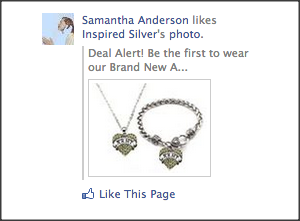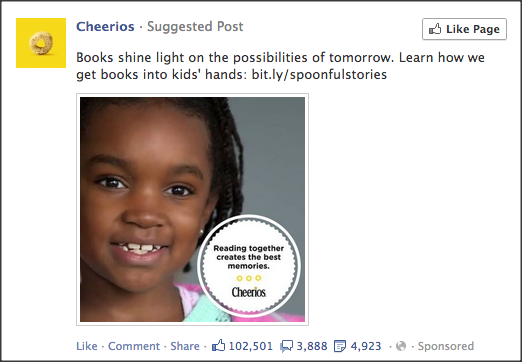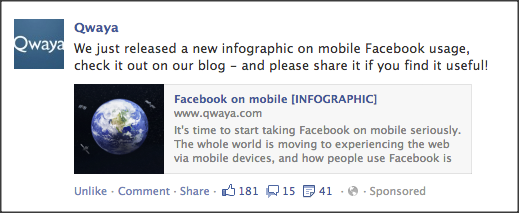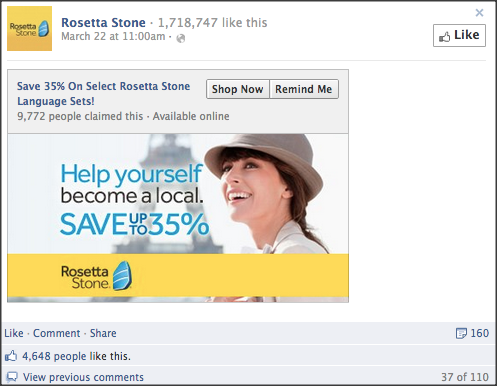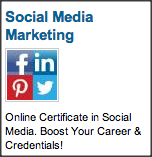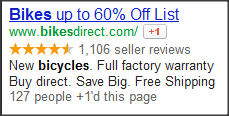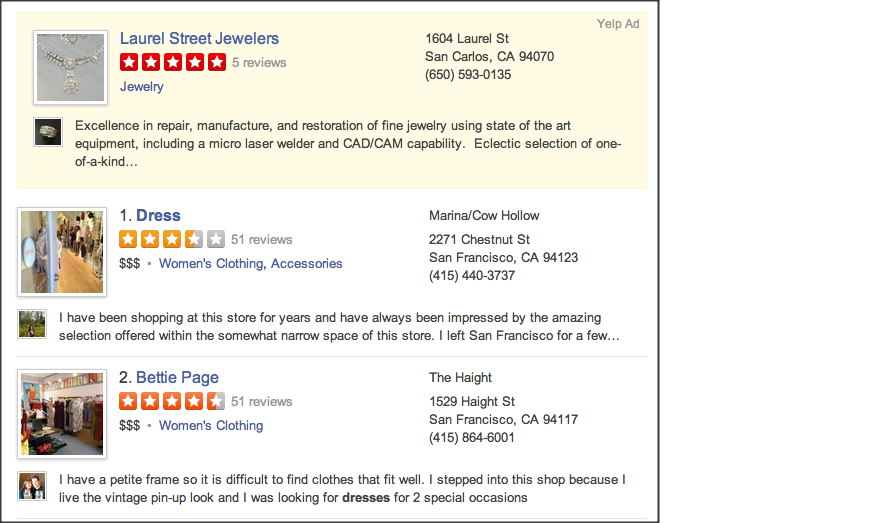Social media is omnipresent and companies without a solid social media presence and advertising strategy should focus on establishing one sooner rather than later. Nevertheless, before just blindly jumping onto the social media bandwagon, it is important to understand your goals and the type of advertising you want to do for your brand. Social media allows you to reach a wide audience with your brand message. Furthermore, it helps you to be recognized by people who are in the evaluation or middle-of-the-funnel (MOFU) stage of the buying cycle.
So far Facebook has focused on the promotion of MOFU offers (read more here). This is to future nurture buyer purchase decisions but not to force them to make an immediate purchase. While users might not be ready to buy just yet, it is in this evaluation stage where they define their wants and needs and begin the active search for a solution. Users in the MOFU stage are most likely to share information throughout their social networks, no matter if it’s through a pin, re-tweet, or like. Therefore, companies should focus on projecting how consumer needs/wants will be resolved and emphasize why potential buyers should do business with them to do so. Typical MOFU offers include product webinars, case studies, data sheets, free demos, and FAQs. Keeping these in mind, let’s look at 10 commonly used social media advertising choices.
Facebook Sponsored Stories: This tool can be used to highlight either a post or action from a Facebook fan of your business. As a result of doing this, the post is displayed either in the sidebar or the News Feed of that person’s friends. This type of ad allows you to feature positive feedback from a fan of your business. Popular forms of Sponsored Stories include a page “like” as well as check-ins. But the tool can be used for any other type of user action as well.
Facebook Promoted Posts: You can only use this option once you have accumulated at least 100 fans. With Promoted Posts you can grow the reach of any post on your Facebook business page, including photos, offers, videos, and status updates. This is due to the fact that these posts cannot only reach fans of your business but also friends of people that have interacted with your post, i.e. shared, liked, or commented on your post. They only appear in the News Feed, not in the right column of Facebook. Promoted Posts have a higher chance to be seen as they appear higher in the News Feed of the audience. These posts will also be labeled ‘Sponsored.’
Facebook Page Post Ads: This type of ad is great to promote special content, events, product releases etc. Page post ads are ads on a fan page but will be further distributed via paid advertising among fans, friends of fans, and non fans within the sidebar or the News Feed.
Facebook Offers: Facebook Offers lets you send coupons/promotions directly to the News Feed of your fans. If a fan uses the offer, it is automatically added to his or her timeline in form of a story. This can then be seen by the fan’s friends as the timeline is visible to them by default. These offers can also be shared by fans with whomever they want, just by clicking on the “share offer” link beneath the story. While this option was initially free, businesses are now charged a minimum of $5 to promote Facebook Offers to their intended audience of fans and friends of fans.
Twitter Promoted Tweets: This tool allows you to boost tweets from your own timeline to followers or users like your followers as well as address users when they are searching on Twitter. By promoting your tweets, you can theoretically reach users who are similar to your followers with your brand.
Twitter Promoted Accounts: Promoted Accounts can be advertised in the search results and Twitter’s “Who to Follow” account recommendations. It is a quick and easy way to amplify your follower base with followers who are interested in the type of product or service your brand offers.
LinkedIn Ads: LinkedIn Ads allow for very specific targeting options of your ads as you can choose to target by job title, job function, industry, geography, age, gender, company name, company size, LinkedIn Group, school or skills. You can choose to pay either on a click or impression based model.
Google+ Social Extensions: This is more of an indirect way of advertising your Business Page on Google+. Companies with a Google+ Business Page and AdWords account can add a social extension to their AdWords campaigns. This will include a red “+1” button to chosen ads. Google claims that including the +1 recommendation button to your ads with increase your clicks by an average of 5-10%.
YouTube Ads: YouTube is the 2nd biggest search engine with more than 1 billion unique visitors a month who watch over six billion hours of video. Digital video advertising spending continues to increase, so businesses need to take this trend into consideration when planning their digital advertising. Probably the best choice for social advertising on YouTube is YouTube’s TrueView suite. This is part of Google’s AdWords for video and integrated in business’ AdWords accounts. You only have to pay once a viewer actually watches your video. There are four different options you can choose from: In-stream, In-slate, In-search and In-Display. This link provides some more information on each option.
Yelp Ads: Yelp has over 84 million unique monthly visitors. There is quite some discussion on the Internet about Yelp ads. However, each business needs to evaluate their opportunities on Yelp, based on reach and associated costs. Ads of your business can be shown at the top of the search engine in your respective category. Yelp also allows you to promote your brand on business pages of local competitors and they will take off any competitor ads from your Yelp page.
These are the most commonly used social media advertising options to capture prospects in the middle-of-the-funnel stage. Please let me know in the comments below if you tried any of these and what the outcome was. Also, watch out for a whitepaper on some essential tips on how to advertise on social PPC, coming soon!



